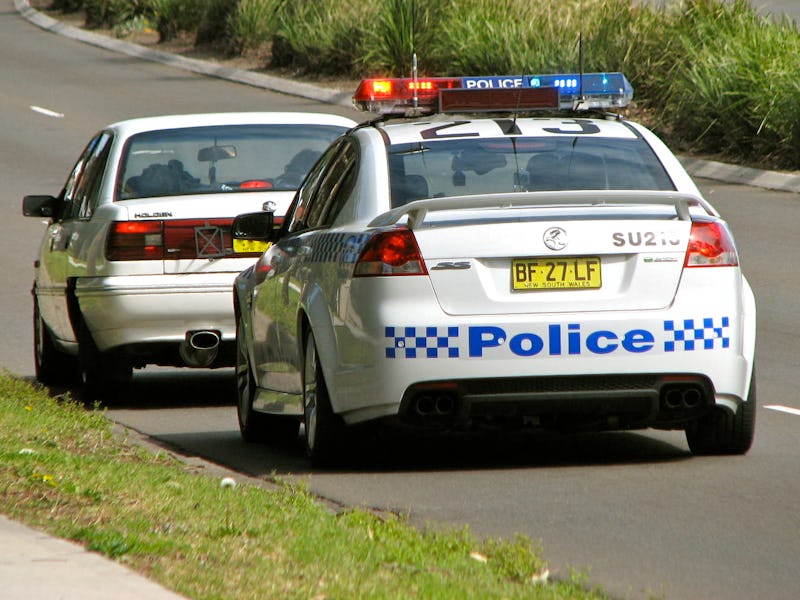NTSB Proposes Lower Legal Drinking and Driving Limit
2016 Most Wanted Transit Improvements would ban the buzz from the road.

The National Transportation Safety Board is renewing its efforts to lower the legal limit for drinking and driving from a blood alcohol content (BAC) of .08 to .05.
The board included the proposal in the 2016 Most Wanted List of Transportation Improvements, due to its potential to keep buzzed drivers off the road.
Advocates for restricting drinking and driving have been seeking the reduction based on reports that show a BAC of greater than .05 entails many of the tell-tale signs of inebriation, including “reduced coordination” and “lowered alertness.”
Drunk driving is cited as a cause of about a third of all traffic-related fatalities. As many as 28 people die in America every day in a drunk driving accident.
In recent decades, public health concerns have driven the acceptable BAC down from .15 to .10 to the current rate of .08.
With drunk driving deaths at historic lows, the NTSB argues for taking it further, while some opponents are arguing it’s too much.
When states have faced similar proposals, a major opponent has been the service industry, particularly bars, which rely on people leaving their homes, often driving, to get a few drinks. They argue the new rate is too low, as any more than one drink would send many people over the limit.
Whether or not the change gains momentum around the country remains to be seen, but with companies like Uber and Lyft boosting access to taxi services across the country, it may be a good time to tell inebriated drivers just to take a cab.
The new rule would certainly require some getting used to, especially for the designated driver, but it’s always hard to argue with safety.